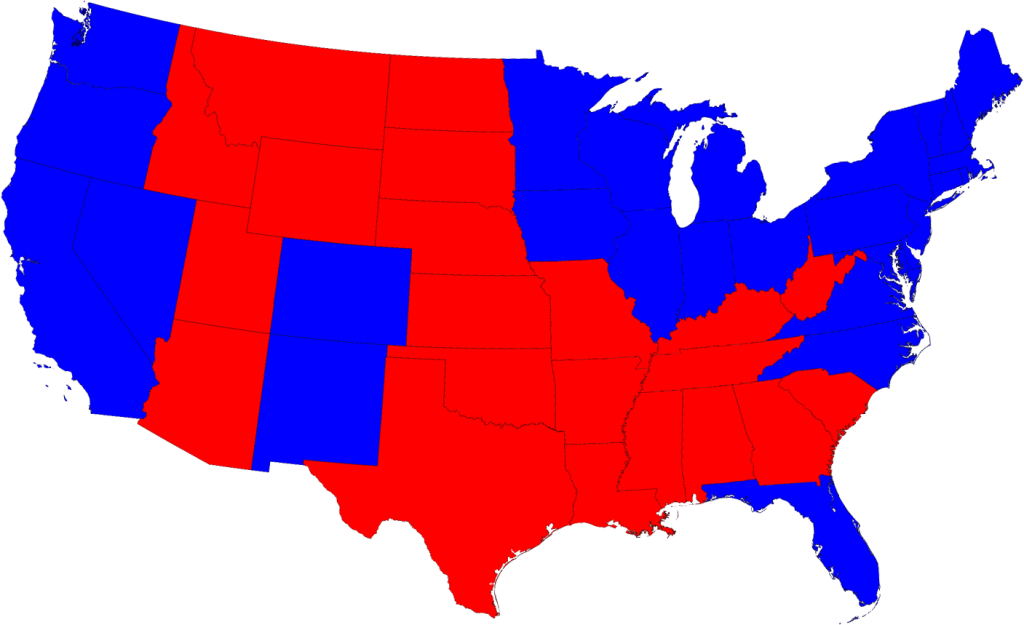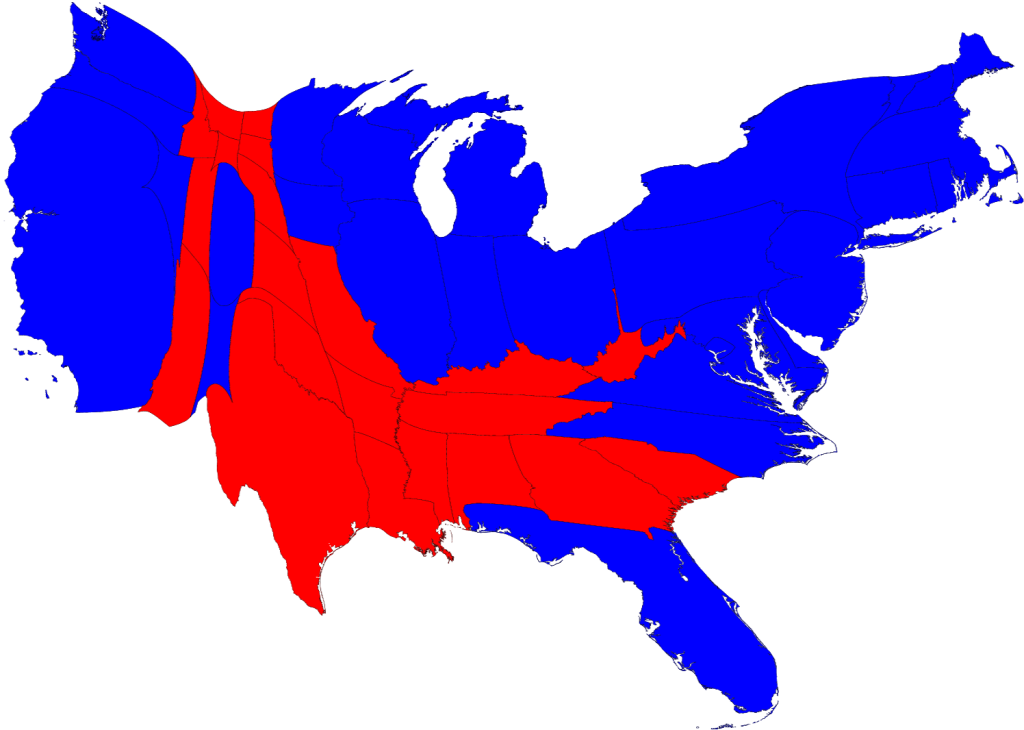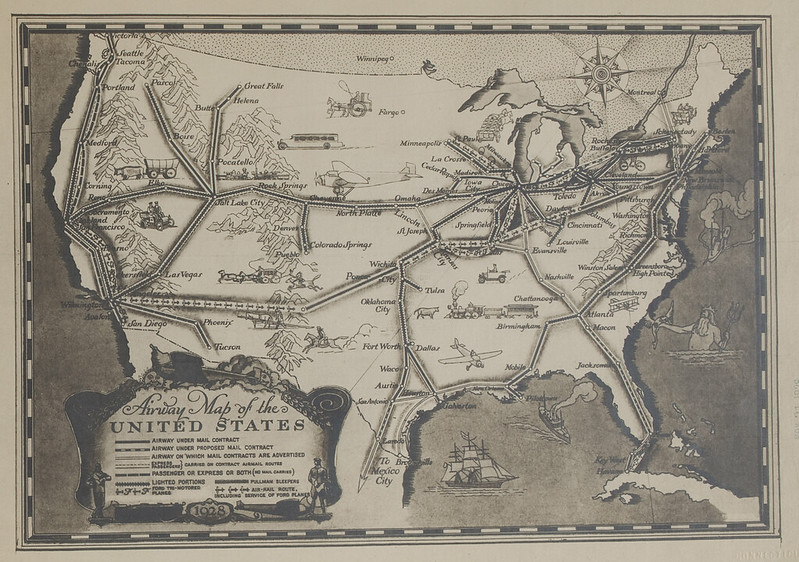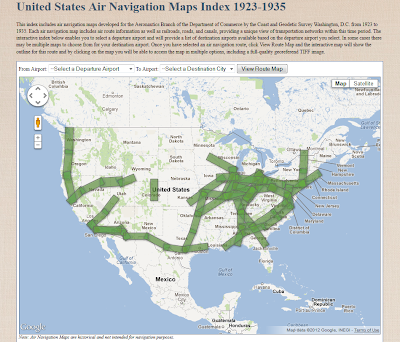The following data comes from the US Census Bureau and describes both recent and current employment trends and related statistics. Many demographic factors influence and are influenced by our professional careers. The data presented below express different aspects of the life of the American worker: how education and employment history influences income and earnings; how much those earnings are based on demographic characteristics; how employees and employers are currently dealing with employment-based healthcare; the influence of work on child-care; and when the employee finally ends their career, how much money is allotted for pensions by state or federal governments.
LED Extraction tool (beta)
The Bureau has released a new extraction tool for Local Employment Dynamics Data. It gives users the ability to access all 30 Local Employment Dynamics Quarterly Workforce indicators. This includes measures of employment, turnover, hiring, job creation, job destruction and average monthly earnings. Data is available in comma separated value (.csv) format for states, counties, and metro/micropolitan areas. You can access the tool here (or by clicking on the above image): http://ledextract.ces.census.gov/static/data.html
trends in the current business environment
Based on the 2007 North American Industry Classification System, estimates for business spending in 2011 have been calculated by the Census Bureau. The estimates cover spending for new and used structures and equipment at the sector level, and information about the private sector and business community. Tables and figures are available here: http://www.census.gov/econ/aces/xls/2011/full_report.html
Employment History, education and earnings: 2004 and 2008
The Survey of Income and Program Participation has put together detailed tables and charts, documented in this report, that examine the relationship between years of work experience, job tenure (years at a particular job), work status (full or part-time), presence of gaps in employment of six months or more, age, sex, educational attainment and earnings.
As an example, the findings show that individuals who had a college degree when entering the job market received greater earnings than those who did not graduate college.
Economic characteristics of households in US, Third Quarter 2011
These tables, released by the Census Bureau (Survey of Income and Program Participatin), “examine the role of government-sponsored benefit programs and the labor market among the nation’s people and households within the economic climate of the third quarter of 2011.” This includes statistics on average monthly income, participation in government-sponsored social welfare or social insurance programs, and labor force activity. The tables can be accessed here: http://www.census.gov/sipp/tables/quarterly-est/household-char/hsehld-char-11.html
income and earnings estimates by selected demographic characteristics, 2011 fourth quarter
The Census Bureau has recently released income and earnings estimates for the fourth quarter (October through December) of 2011. The data was collected by the Survey of Income and Program Participation and is organized by gender, race/ethnicity, age, martial status, and highest level of educational attainment. A quick glance at Table 1B, Mean Monthly Income, shows that individuals with post-graduate degrees by far had the highest mean income per month at $5,415.
The tables are available here:
- Income: http://www.census.gov/sipp/tables/quarterly-est/income/income-11.html
- Earnings: http://www.census.gov/sipp/tables/quarterly-est/earnings/earnings-11.html
Decline in employment-based health insurance
Income, earnings, and education are just a few ways to keep the pulse of the American economy and the American worker. Other statistics calculated by the Census Bureau, detailed in this report, show that the rate of employment-based health insurance coverage declined from 64.4 percent in 1997 to 56.5 percent in 2010. In 2011, the number fell still to 55.1 percent.
Highlights:
- In 2010, 71.1 percent of employed individuals age 15 and older worked for an employer that offered health insurance benefits to any of its employees.
- 42.9 percent of individuals who did not complete high school worked for an employer that offered health insurance to any of its employees, compared with 78.9 percent for individuals with a college degree.
- 75.7 percent of workers age 45 to 64 worked for an employer that offered health insurance benefits, compared with 60.0 percent for workers 19 to 25.
- Among married couples with only one member employed in a firm that offered health insurance benefits, 68.7 percent of married couples provided coverage for the spouse.
- While 37.6 percent of firms with 0 to 24 employees offered more than one health insurance plan, 65.6 percent of firms with 1,000 or more employees offered more than one plan.
- About 1.1 percent of nonparticipating workers whose employer offered health insurance benefits were not insured by their employer because they were denied coverage.
- Among nonparticipating workers whose employer offered health insurance benefits, approximately half (50.4 percent) declined coverage by choice.
- The two most common reasons among workers who chose not to obtain health insurance coverage through their employer were health insurance obtained through another source (66.4 percent) and cost (27.4 percent).
Child Care costs on the upswing
The Census Bureau also reports that child care costs are on the rise. In fact, they have nearly doubled in the last 25 years – though the percentage of families who pay for child care has actually declined. The Bureau’s report, Who’s Minding the Kids? Child Care Arrangements: Spring 2011, was recently released and details both demographic and financial aspects of understanding this phenomenon.
retirement: quarterly survey of public pensions: 4th quarter 2012
This survey provides national summary statistics on the revenues, expenditures and composition of assets of the 100 largest state and local public employee retirement systems in the US. For more information, see: http://www.census.gov/govs/qpr/






















